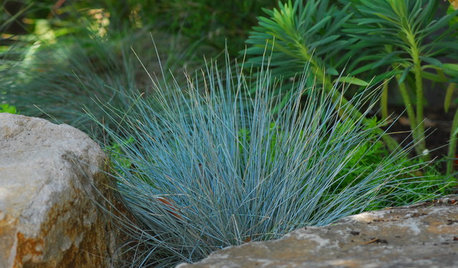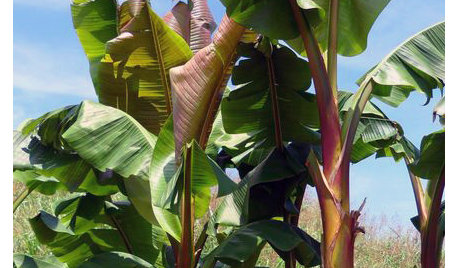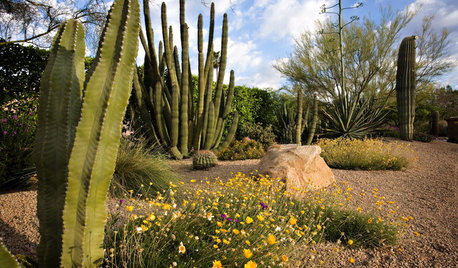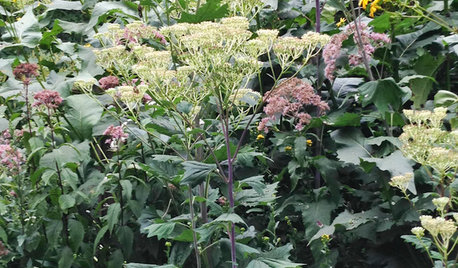planted tall fescue seed and now the cold comes
grizzle49
10 years ago
Featured Answer
Comments (9)
goren
10 years agolast modified: 9 years agogrizzle49
10 years agolast modified: 9 years agoRelated Professionals
Lowell Landscape Architects & Landscape Designers · Wake Forest Landscape Contractors · Waterbury Landscape Contractors · Cockeysville Landscape Contractors · Fishers Landscape Contractors · Kerman Landscape Contractors · Mendota Heights Landscape Contractors · Milford Mill Landscape Contractors · National City Landscape Contractors · Oviedo Landscape Contractors · San Antonio Landscape Contractors · Spring Landscape Contractors · St. Louis Landscape Contractors · Ferguson Landscape Contractors · Fontana Swimming Pool Buildersgrizzle49
10 years agolast modified: 9 years agodchall_san_antonio
10 years agolast modified: 9 years agogrizzle49
10 years agolast modified: 9 years agoJonCraig
10 years agolast modified: 9 years agogrizzle49
10 years agolast modified: 9 years agogrizzle49
10 years agolast modified: 9 years ago
Related Stories

LANDSCAPE DESIGNGreat Design Plant: Blue Fescue
Is there anywhere this grass doesn't look great? Bonus: It outlasts other grasses in color and doesn't hog water
Full Story
WINTER GARDENINGExtend Your Growing Season With a Cold Frame in the Garden
If the sun's shining, it might be time to sow seeds under glass to transplant or harvest
Full Story
GARDENING GUIDESHow to Plant a New Lawn From Seed
Choose from more grass varieties and save money over sod by starting your lawn from seed
Full Story
GARDENING AND LANDSCAPINGBring the Tropics to Your Cold-Climate Garden
Delightfully deceptive, these plants combine a durable nature with a tropical look to add a touch of the exotic to cooler landscapes
Full Story
GARDENING GUIDES10 Cold-Hardy Succulents for Cool-Season Interest
These attractive plants shrug off colder temperatures, and many can be brought inside in containers in extra-chilly climates
Full Story
SOUTHWEST GARDENINGTall Cactuses Bring Drama to Southwestern Gardens
See how 5 columnar cactuses add a striking design element to warm-weather gardens, courtyards and entries
Full Story
GARDENING GUIDESGreat Design Plant: Pale Indian Plantain Stands Tall and Proud
Height and generous flower heads earn Arnoglossum atriplicifolium the attention of both human and insect visitors
Full Story
GARDENING GUIDESSeeds or Seedlings? How to Get Your Garden Started
Growing delicious herbs and vegetables starts with knowing your goals and when you want to plant
Full Story
FARM YOUR YARD9 Ways to Change Up Your Vegetable Garden for the Coming Season
Try something new for edible plantings that are more productive than ever
Full Story
LIFEHouzz Call: How Are You Handling the Record-Breaking Cold?
Share your tales, strategies and photos for everything polar vortex
Full Story






grizzle49Original Author